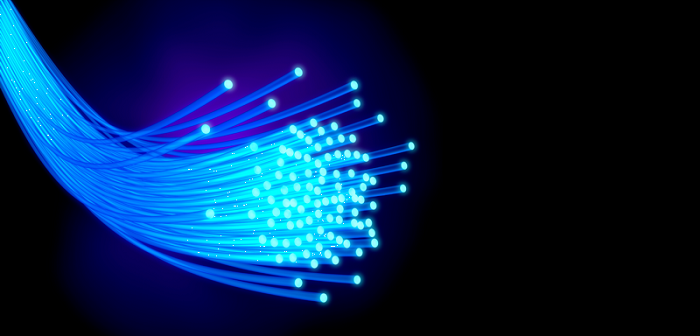Researchers from Hiroshima University, the National Institute of Information and Communications Technology, and Panasonic Corporation have announced the successful creation of a terahertz (THz) transmitter that can support signal transmission at a per-channel data rate of over ten gigabits per second over multiple channels at around 330 GHz. The aggregate multi-channel data rate registered in excess of 100 hundred gigabits per second.
Impressive performance, but even more noteworthy is the potential for the technology’s immediate scalability — the transmitter was created as a silicon CMOS integrated circuit. This means it could see sooner-rather-than-later implementation in both the commercial and consumer sectors.
What does it all mean for the general consumer? In short, wireless communication with data rates that are approximately ten times higher than current technology allows.

For those unfamiliar with THz wireless technology, it’s a relatively new and vast form of wireless communication. Unfortunately, it’s also something that has not seen tremendous adoption due to the fact that the technology needed to support it is not ready yet.
The technology’s frequencies are, on average, higher than those used by the millimeter-wave wireless local area network, which goes from 57 GHz to 66 GHz; its available bandwidths are also much wider. And given that the speed of a wireless link is proportional to the bandwidth in use, this THz transmitter looks to be an ideal solution upon which to build future ultra-high-speed communication technologies.
In terms of performance, the transmitter created covers the frequency range from 275 GHz to 305 GHz. As of right now, this range is unallocated, and its future frequency allocation won’t be addressed until the World Radiocommunication Conference 2019 under the International Telecommunication Union Radiocommunication Sector.
Most wireless communication technologies today use much lower frequencies — generally about 5 GHz or below, with high-order digital modulation schemes specially designed to enhance data rates within the limited bandwidths that are available.
In one test, the researchers successfully demonstrated that quadrature amplitude modulation (QAM) is viable at 300 GHz with CMOS and that THz wireless technology could give it a bit boost in wireless communication speed.
“Now THz wireless technology is armed with very wide bandwidths and QAM-capability. The use of QAM was a key to achieving 100 gigabits per second at 300 GHz,” said Prof. Minoru Fujishima, Graduate School of Advanced Sciences of Matter, Hiroshima University.
“Today, we usually talk about wireless data-rates in megabits per second or gigabits per second. But I foresee we'll soon be talking about terabits per second. That's what THz wireless technology offers. Such extreme speeds are currently confined in optical fibers. I want to bring fiber-optic speeds out into the air, and we have taken an important step toward that goal,” he added.
Looking ahead, the team plans to further develop 300 GHz ultrahigh-speed wireless circuits.
“We plan to develop receiver circuits for the 300-GHz band as well as modulation and demodulation circuits that are suitable for ultrahigh-speed communications,” said Prof. Fujishima.
Details of the technology were formally presented at the “International Solid-State Circuit Conference (ISSCC) 2016”.
Via EurekAlert!
Advertisement
Learn more about Electronic Products Magazine





